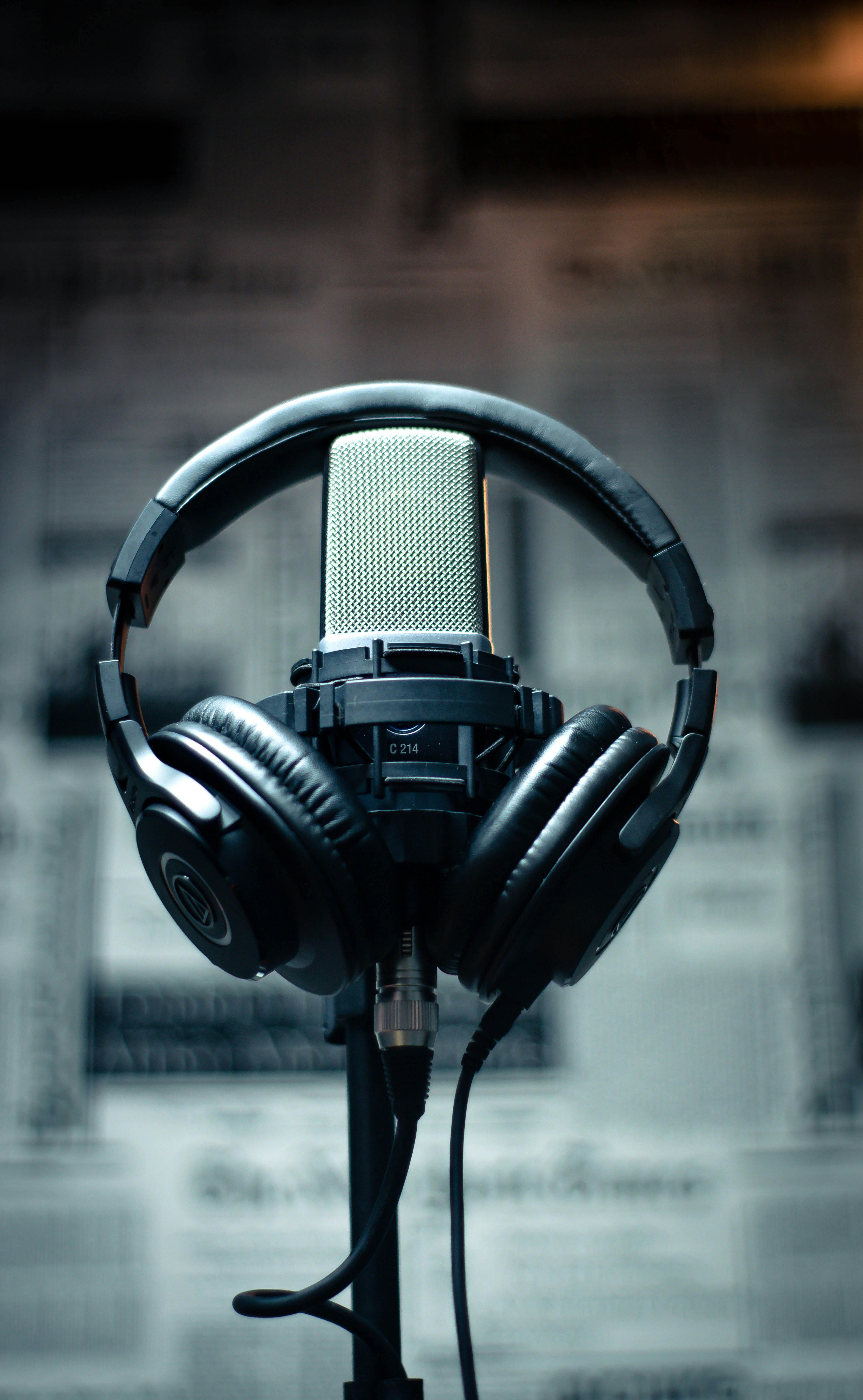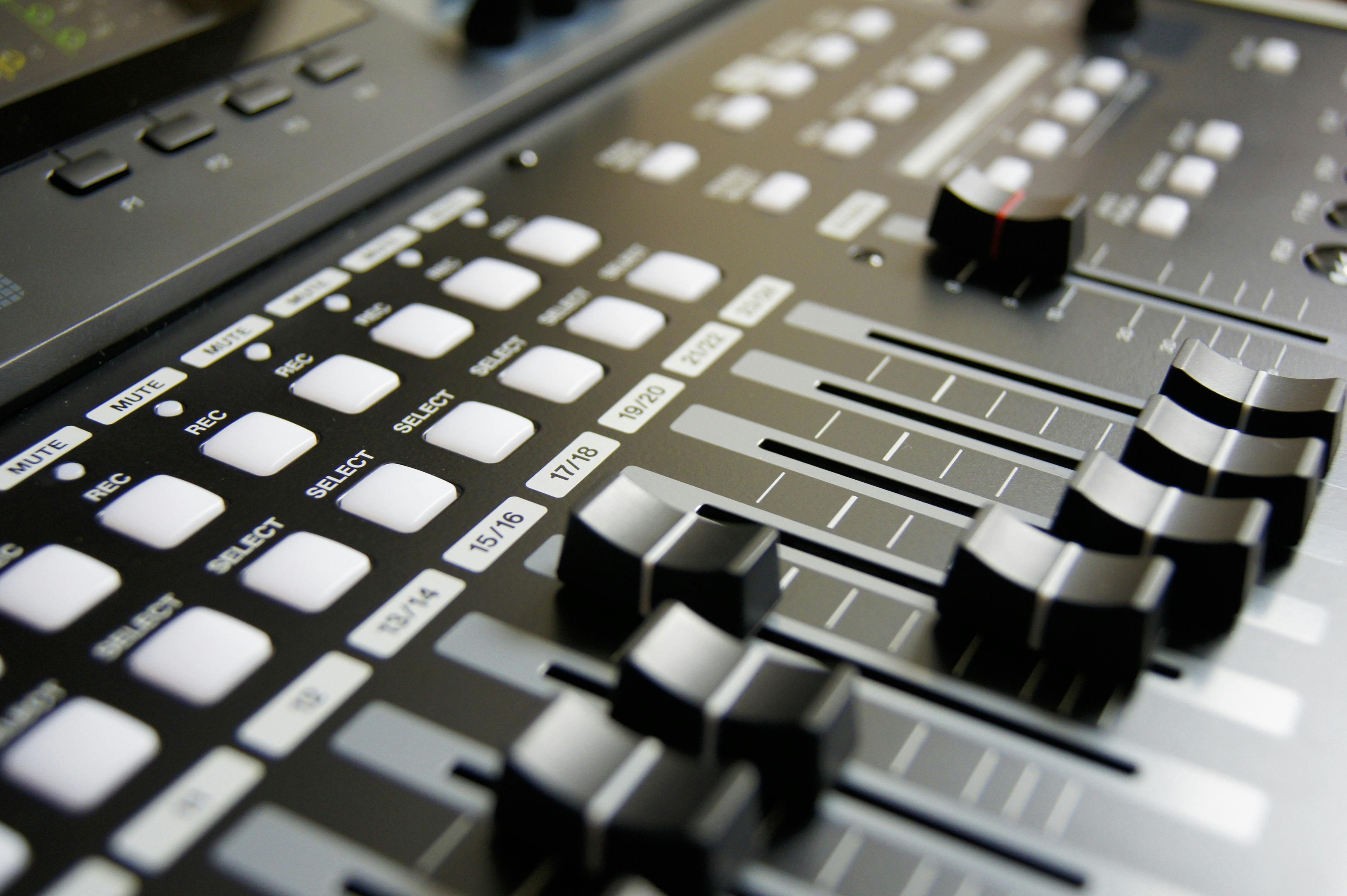
Vocal Mixing Guide
A polished vocal mix is the centerpiece of any track, whether you're recording pop, hip-hop, or acoustic ballads.

A polished vocal mix is the centerpiece of any track, whether you're recording pop, hip-hop, or acoustic ballads.

Blend a heavily compressed copy with the original for thickness while maintaining dynamics.
Add subtle harmonic distortion for warmth and presence using tools like FabFilter Saturn or Soundtoys Decapitator. 📺 Watch our tutorial on using Saturn for vocal saturation!
Adjust volume, panning, and effects in real time for dynamic storytelling.
Get professional vocal mixing that makes your vocals stand out. Use our calculator to customize your package.
Record in a treated space using a quality microphone, proper gain staging, and a pop filter. Aim for peaks around -6dB and record multiple takes for options during editing.
While specific plugins matter less than technique, I often use FabFilter Pro-Q 3 for EQ, Pro-C 2 for compression, and Valhalla Room for reverb. Stock DAW plugins can also achieve great results when used properly.
I use Melodyne for natural-sounding pitch correction, with the amount varying based on genre and artistic intent. Auto-Tune is available for creative effects when desired.
While modern tools can improve issues like background noise or room reflections, starting with a clean recording always yields better results. I can advise on recording techniques to improve your future recordings.
It depends on the genre and desired effect. For pop and hip-hop, I typically recommend recording main vocals, doubles for choruses, and additional layers for harmonies or ad-libs as needed.
Let's discuss your project and create something amazing together.
Get StartedImages by:
Wallace Chuck, Pixabay, and cottonbro studio on Pexels